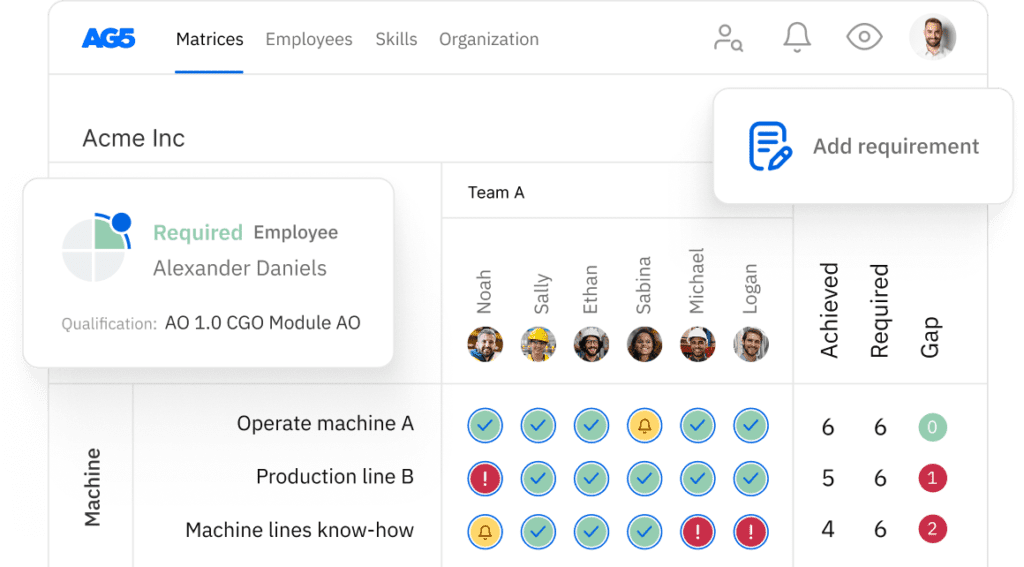BLA: Biologics License Application
Biologics License Application (BLA) is a request to distribute a biologic product in the United States. In this guide, we will explore the key aspects of a BLA, including its significance, steps required, benefits of an approved application, and more.

What is a Biologic License Application (BLA)? Copied
If any organization wants to sell a biologic product in the United States, it must submit a BLA to the Food and Drug Administration (FDA). Specifically, a successful BLA grants permission for an organization to distribute a biologic product across state lines.
A biologic product includes:
- Vaccines
- Blood and blood components
- Allergenics
- Somatic cells
- Gene therapy
- Tissues
- Recombinant therapeutic proteins
Who needs to submit a BLA? Copied
Any company or entity that wants to market a biological product in the U.S. must submit a BLA to the FDA. It is mandatory for regulatory approval under the Public Health Service (PHS) Act before commercial distribution.
How to submit a BLA Copied
Organizations interested in obtaining a biologics license must fill and submit Form FDA 356h to the Center for Biologics Evaluation and Research (CBER).
The submission process also encompasses:
- Data compilation. Gathering preclinical, clinical, manufacturing, and labeling information
- The FDA review process. The FDA evaluates safety, efficacy, and manufacturing compliance.
- Facility inspection. The FDA may inspect manufacturing sites for compliance with Good Manufacturing Practices (GMP) compliance
- Approval. The FDA either approves, requests more information, or rejects the application
Renewal requirements for BLA submissions Copied
While a biologics license does not require renewal, organizations must comply with regulatory requirements to maintain its validity. These include:
- Annual reports. Biologics license holders must submit yearly reports detailing manufacturing, safety, and quality updates
- Adverse event reporting. Companies must track and report adverse events, following pharmacovigilance regulations
- Manufacturing and FDA inspections. Facilities must comply with GMP regulations
- Labeling and lot release. Updates to safety labeling must be submitted for FDA review. Some biologics require pre-distribution lot release, ensuring each batch meets quality, potency, and stability requirements before public distribution
The benefits of BLA approval Copied
A biologics license several benefits to organizations. Some key advantages include the following.
Market exclusivity
A BLA approval grants market exclusivity, preventing generic competition for a defined period. This allows companies to maximize revenue, strengthen brand recognition, and establish a leadership position in the biologics industry.
Regulatory credibility
FDA approval of a BLA signifies compliance with high safety and efficacy standards, boosting credibility. In turn, this facilitates easier regulatory approvals in international markets.
Manufacturing and quality control
An approved BLA ensures adherence to GMP standards, proving that an organization maintais consistent quality and supply chain integrity.
Challenges in submitting a BLA Copied
Earning a biologics license may pose several challenges to employees and organizations. They include the following.
Regulatory complexity
BLA submissions require extensive preclinical, clinical, and manufacturing data. Navigating evolving FDA guidelines and addressing regulatory queries can lead to prolonged review times and delays.
High development and compliance costs
Biologic products require costly R&D, large-scale clinical trials, and adherence to GMP regulations. Ensuring compliance with stringent FDA standards increases financial burdens, making BLA submission a resource-intensive process.
Manufacturing and scalability
Biologic production involves complex cell culture systems and stringent quality controls. Any process deviation or facility change requires FDA approval, making scalability and consistent manufacturing a significant operational challenge.
Tips and strategies for submitting a Biologics License Application Copied
Here are a few tips for preparing a BLA:
- Read and study the resources on the FDA’s website
- Read the instruction sheet for Form FDA 356h
- Conduct well-designed clinical trials that demonstrate safety, efficacy, and consistency
- Ensure compliance with GMP standards, detailing production processes, quality controls, and stability studies for regulatory approval
- Schedule pre-BLA meetings and regulatory consultations to address potential concerns
Resources for BLA submission Copied
For more information and guidance on BLA submission, you can refer to the following resources:
FDA. The Food and Drug Administration offers a wealth of resources regarding BLA submission. Its website should be the first stop for any organization seeking to enter the biologics market.
Skills management for Biologics License Applications Copied
AG5 stores all certifications in the cloud, providing all authorized personnel with access to the right version of approved certifications. This helps you easily keep track of all data and documentation related to biologics licenses across your organization.
Using AG5’s skills management software, you can monitor the status of any type of certification that is relevant to your workforce, leveraging intuitive dashboards that provide you with a clear understanding of exactly what is needed to keep your employees skilled and safe.
Frequently asked questions about BLA Copied
-
What is the scope of a BLA?
-
Is a biologics license certification mandatory?
-
How long does it take to obtain a biologics license?
-
What are the cost considerations for BLA submission?
-
What is the validity period of a biologics license?
-
Can a biologics license be integrated with any management systems?
-
How can you learn more about the BLA submission process?
Sources Copied
Author Copied
Revisions Copied
Written by: Rick van Echtelt
Copy edited by: Adam Kohut
Tired of managing skills in Excel?
Say goodbye to Excel matrices. Start using AG5’s plug and play skill matrix software.
Recognized by G2 for Excellence in Skills Management

